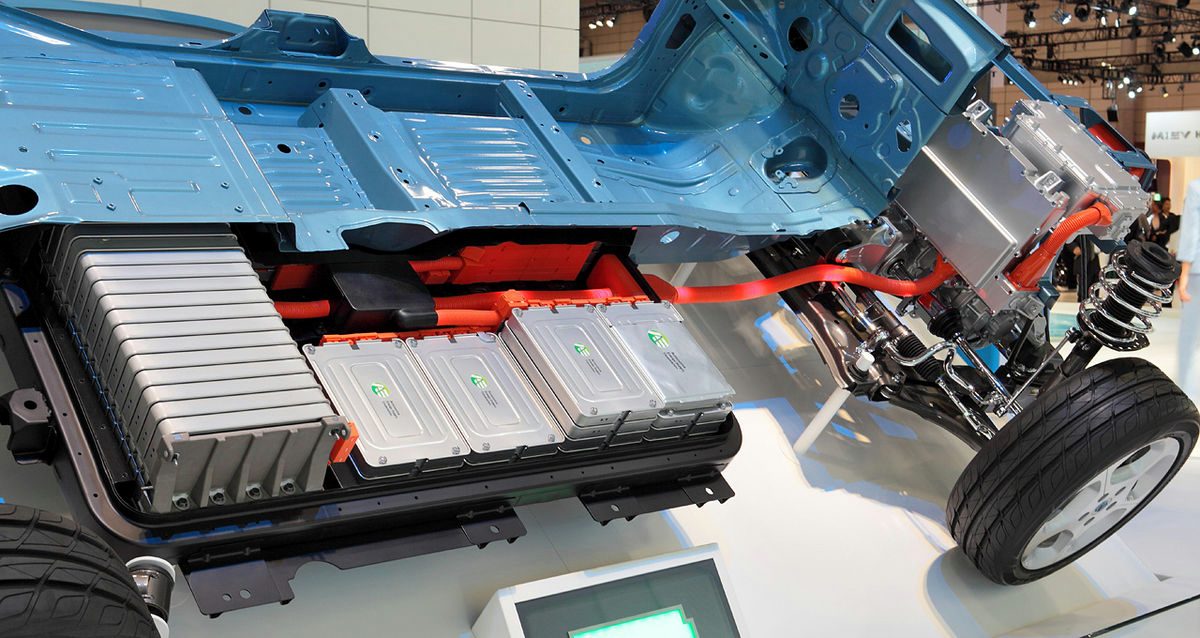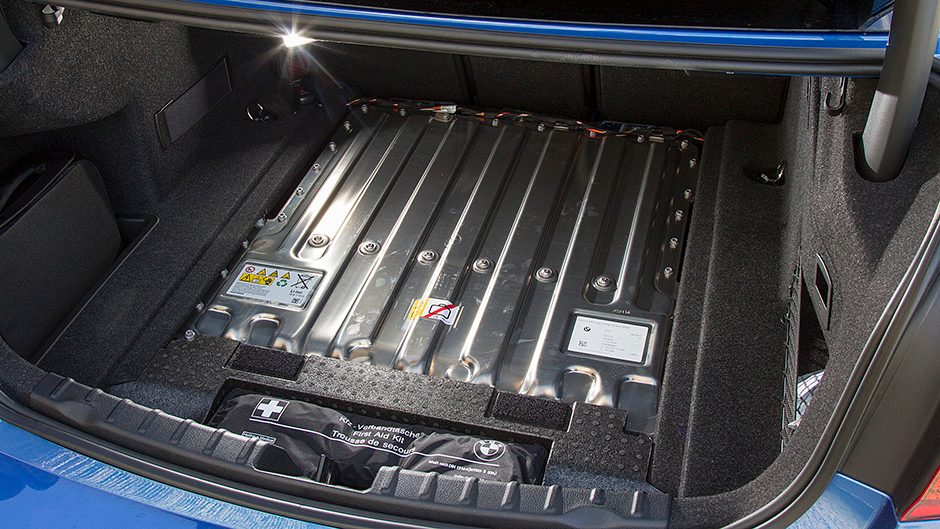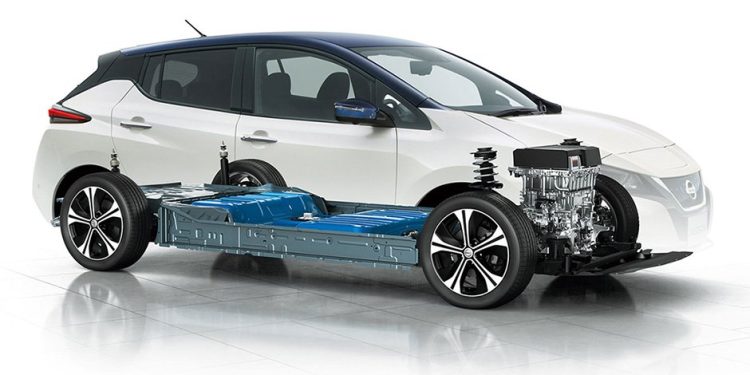Modern Battery Packs Will Generally Outlast EVs
Words NZ Autocar | Image Wikipedia
Battery degradation is a worry for those considering an electric vehicle but new data suggest most batteries will outlast the EVs they’re powering.
The “Taking Charge” report released earlier this year by Geotab based its findings on data from 10,000 EVs operating in North America and Europe.
Analysis of that data showed average battery degradation of 1.8 per cent per annum. Geotab concluded that batteries could last 20 years or more at that rate. Some vehicles performed even better, with estimated battery degradation of less than one per cent per year.

Both numbers are improvements from just a few years ago. In 2019, Geotab saw average annual battery degradation rates of 2.3 per cent from its sample, although that decreased to 1.6 per cent under ideal climate conditions and charging patterns.
The report also indicates that higher EV use doesn’t mean higher degradation. However, more fast-charging might. Geotab noted a correlation between greater DC fast-charging use and faster-than-average battery degradation. That was particularly true for vehicles in hotter climates. Owners are often cautioned about frequent fast charging for this reason. On the other hand, 2023 analysis by battery data firm Recurrent indicated Teslas performed better in this regard.
Previous data reports from Recurrent showed that EV batteries degrade faster in hot weather. However, owners can minimise the risk by parking in a garage or in the shade. Also, leaving the battery half charged helps in hot weather.

Another charging practice can affect battery longevity. One study found that initial high-power charging at the factory could significantly extend an EV’s battery life.
A slow rate of battery degradation observed in EVs already on the road should give fleet managers more confidence in electrification. Geotab believes that around three-quarters of light commercial vehicles on the road could be practically replaced by comparable EVs today. They add that an EV could provide cost savings of almost $16,000 over its life.
Increased electrification also leaves more room for second-life battery use, such as energy storage for solar, wind, grid-balancing and other clean-energy solutions.





